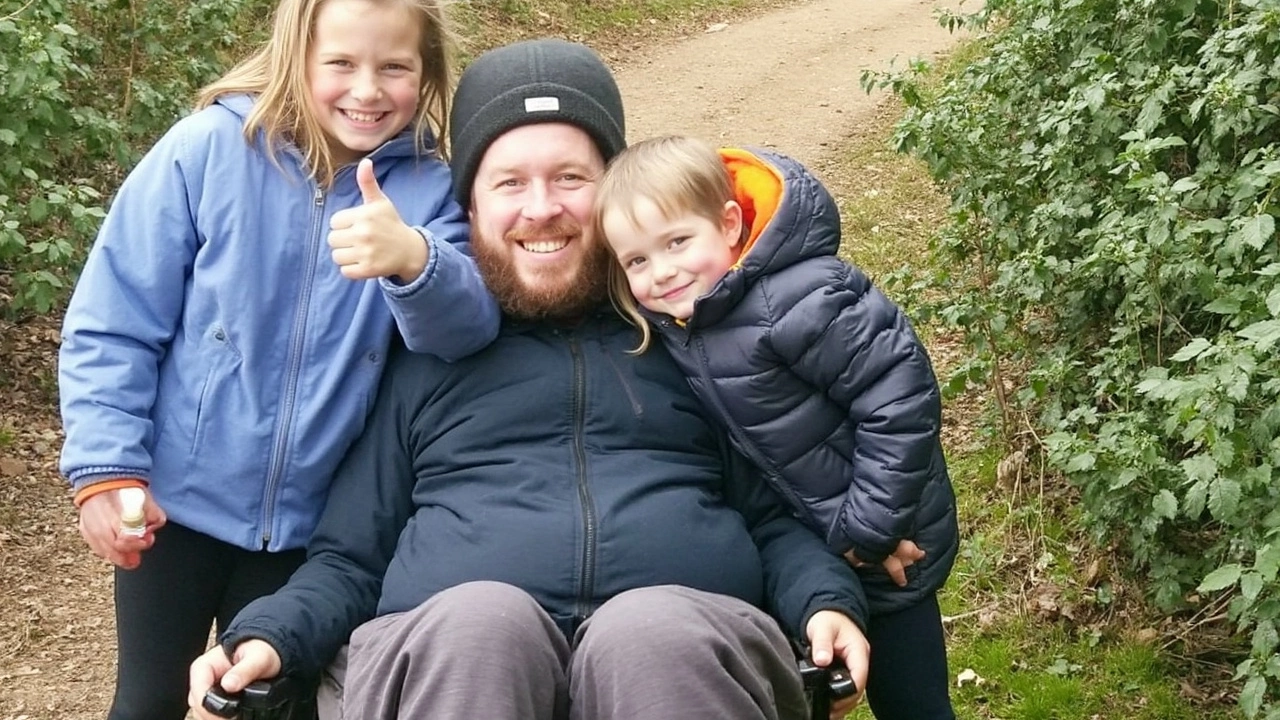Camping Trip Basics: What You Need to Know Before You Pack
If you’ve ever dreamed of swapping city traffic for star‑filled skies, a camping trip is the easiest way to jump in. The key isn’t just buying a tent; it’s figuring out what will keep you comfortable, safe, and having fun. Below you’ll find a straightforward checklist, site‑selection advice, and a few planning shortcuts that most newbies skip.
Gear Checklist for Any Season
Start with the three items nobody can do without: a good tent, a sleeping bag rated for the lowest temperature you’ll face, and a reliable sleeping pad. If the ground feels like a slab of concrete, your night will be ruined, so a lightweight foam or inflatable pad is worth the extra weight.
Next, think about weather protection. A rainfly that covers the whole tent and a tarp for extra shelter can turn a drizzle into a dry night. Layered clothing beats a single heavy jacket – a moisture‑wicking base, an insulating mid‑layer, and a waterproof outer shell let you adapt to changing conditions.
Cooking gear is surprisingly simple. A compact stove, a single pot, and a reusable mug cover most meals. Don’t forget a multi‑tool, a headlamp with extra batteries, and a small first‑aid kit stocked with band‑aids, antiseptic wipes, and pain relievers.
Finally, bring basics for hygiene and waste management: biodegradable soap, a quick‑dry towel, and resealable bags for trash. Leaving no trace isn’t a rule; it’s good sense for the next camper.
Choosing the Right Campsite and Planning Your Route
When you pick a campsite, look for a flat spot with natural windbreaks – trees or a small hill can block breezes at night. Avoid low‑lying areas where cold air settles, especially in cooler months. Check the map for water sources; a nearby stream saves you a heavy water bottle, but make sure it’s legal to collect water and that you have a filter or purification tablets.
Plan your route with realistic mileage in mind. A good rule of thumb is 10‑15 miles of hiking per day if you’re carrying a full pack. Use a GPS app or a simple paper map to mark water stops, scenic viewpoints, and potential emergency exit points.
If you’re new to the area, read recent trail reports or join a local outdoor forum. Recent posts on our site often highlight hidden spots – for example, a short detour on the Green Valley Trail leads to a quiet meadow perfect for sunset photos. Those little tips can make a regular trip feel special.
Before you set up camp, walk the area to spot any hazardous plants, loose rocks, or wildlife trails. This quick sweep helps you avoid unexpected night‑time visitors and makes setting up your tent smoother.
Once you’re settled, keep a simple schedule: set up before dark, store food away from your sleeping area (use a bear‑proof container if you’re in bear country), and have a plan for a quick exit if weather turns bad.
With the right gear, a well‑chosen site, and a clear route, your camping trip will feel less like an adventure and more like a well‑planned getaway. Pack smart, respect nature, and you’ll be ready to trade the daily grind for a night under the stars. Happy camping!
UK Father Has Both Legs Amputated After Camping Trip Stomach Bug Turns to Sepsis
A UK father lost both legs after a stomach bug contracted on a family camping trip escalated to severe sepsis. His family is now urging people to recognize sepsis signs and get urgent medical help when symptoms suddenly worsen.






